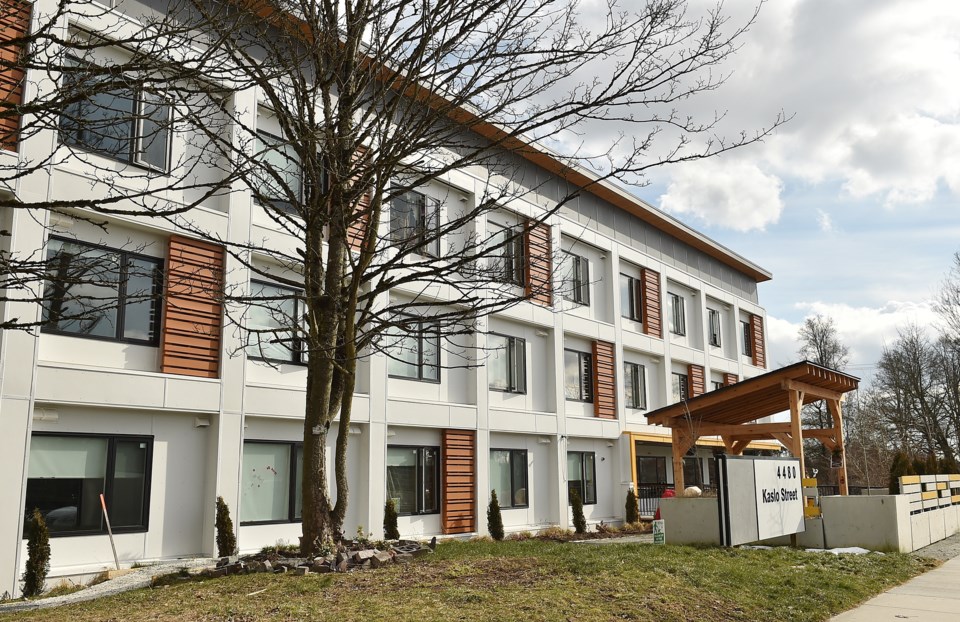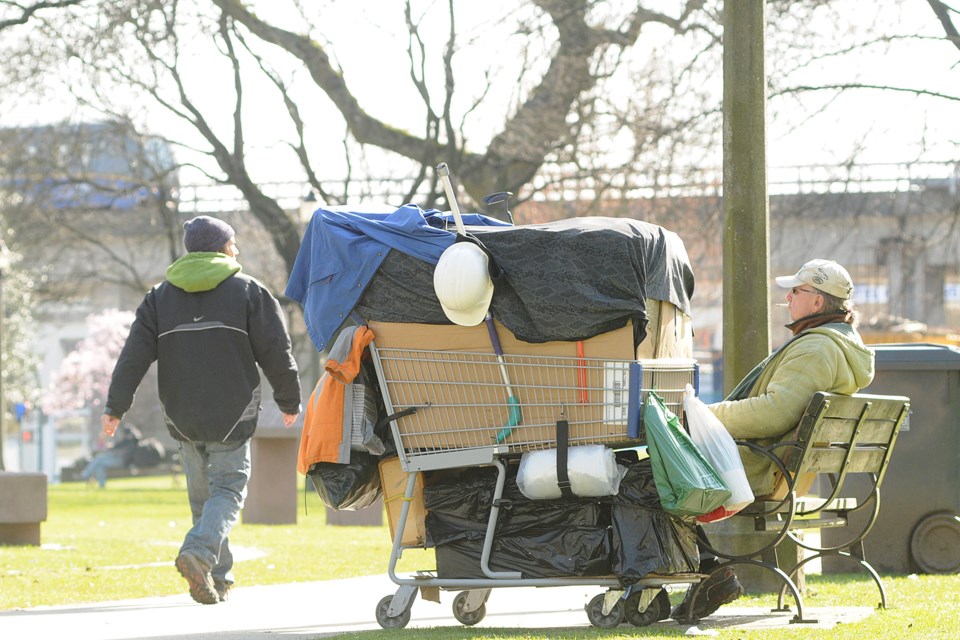In the space of a week, we heard some bad news and some hopeful news for humanity.
The bad news, as announced by the BC Coroners Service last week, is that 175 homeless people died in the province in 2016, the year for which the agency has tabulated the most recent data on such deaths.
A total of 43 of those 175 people died in Vancouver.
Coincidentally, the same number of peopleâ43âoverdosed in Â鶹´«Ã½Ó³»last Friday, according to a tweet from Deputy Fire Chief Tyler Moore. He didnât indicate whether anyone died, or if any victims were homeless.
All this bad news came the same week the B.C. government unveiled its ambitiously worded âpoverty reduction strategy.â Itâs called TogetherBC and it promises to reduce overall poverty in the province by 25 per centâand cut child poverty in halfâover the next five years.
Thatâs quite a promise, especially when considering B.C. has one of the highest rates of poverty in the country and has held that position for decades. And did I mention 175 homeless people died in one year in B.C?
The timing of both reports is coincidental, but certainly not the connection between the two.
The solutions to both problems, as the government report suggests, is not revolutionary: provide people with housing, health care, education, employment andâfor those who need itâtreatment, whether it be for substance use or living with a mental illness, or both.
Making that happen, however, has challenged current and previous governments. Future governments will experience the same struggle in attempting to best respond to the complexity of poverty, although those who are poor would argue itâs not complex: weâre poor, so help us out.
There is, as Housing Minister Selina Robinson and Social Development Minister Shane Simpson told me , a lot of work to do to bring such help. StatsCanada data for 2016 showed there were 557,000 people in B.C. living in poverty, 99,000 of them children.
At the top of that to-do list for the ministers is addressing housing and homelessness.
The governmentâs poverty reduction strategy calls it âthe most constant and pressing issue facing government.â
In the provinceâs public feedback exercise conducted in the preparation of the strategy, it was the lack of affordable housing that dominated responses from families, businesses, local government and Indigenous leaders.
Other priorities identified were the high cost of child care, financial security and income supports related to rental assistance programs, access to healthy and affordable food and safe and affordable transportation.
Access to education, employment and mental health and addictions services were also high in the mix.
We know in Vancouver, the word âaffordableâ is an oxymoron in the truest definition of the word. But Robinson and her government say theyâre on the case to bring some relief to people in need of housing.

The opening of 606 modular homes spread across 10 sites in the city, which are primarily for homeless people, is one example.
In addition, there are more than 2,000 other homes geared to various levels of affordability in the works for Vancouver, according to government. I outlined the projects in a previous online post. You can see them,
Tied to building more housing is the governmentâs increases to income assistance, setting up a rent bank, keeping the allowable rent increase at 2.5 per cent and making post-secondary education free for people leaving foster care.
The government also has a plan to increase the minimum wage, put a stop to ârenovictionsâ and has ongoing initiatives to reduce the number of people dying of drug overdoses.
Which brings us back to the bad news.
In 2016, a total of 86 per cent of the accidental deaths and 53 per cent of all deaths of homeless people in B.C. resulted from unintentional drug or alcohol poisoning, or a combination of both.
That data was collected during a year in which overdose deaths began to soar in B.C. as a result of fentanyl in the drug supply. Drug deaths totalled 530 in 2015 (when 12 homeless people died in B.C.) and spiked to 991 in 2016 (when 43 homeless people died).
Those findings suggest 2017 and 2018âwhich saw a combined total of 2,996 deathsâwould have wiped out dozens more homeless people in Â鶹´«Ã½Ó³»and across the province. That data is not available yet but the tweet from Deputy Fire Chief Tyler Moore about the 43 overdoses Friday is evidence the carnage continues.
Robinsonâs colleague, Minister of Mental Health and Addictions Judy Darcy, is keenly aware of the devastation and noted last month that âwe estimate our strategies have averted 4,700 deaths due to life-saving supports in place around the province.This includes scaled-up distribution of naloxone, more overdose prevention sites and better access to opioid agonist treatment.â
Meanwhile, the governmentâs promise to reduce overall poverty in the province by 25 per centâand cut child poverty in halfâexpires in five years.
The NDP could be long gone by then.
Regardless, people just want to hear some good news today.
@Howellings
Ìý
Ìý
Ìý
Ìý
Ìý
Ìý
Ìý
Ìý



